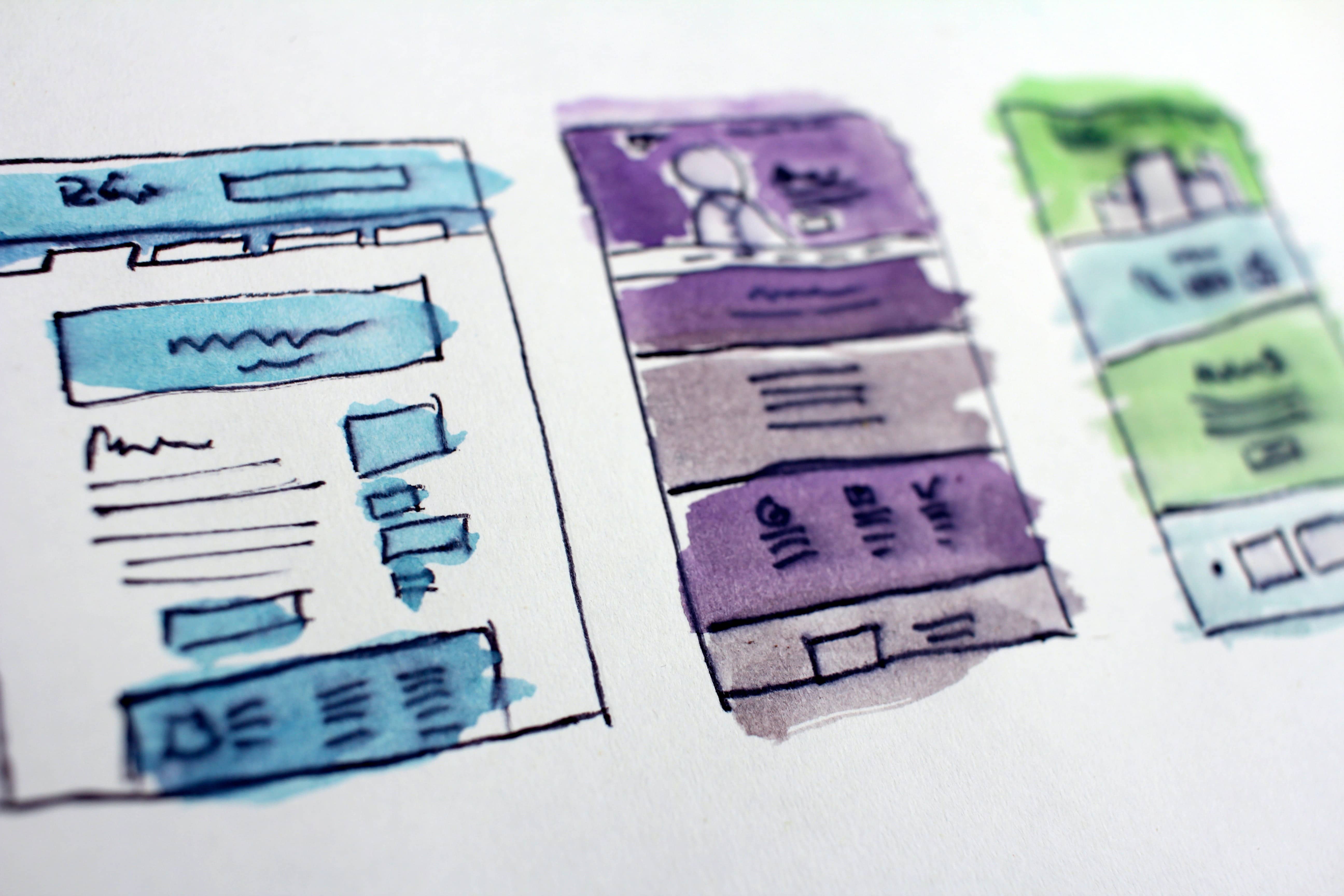Any self-respecting company should have its own website. If not, you’re sorely missing out on a lot of potential clients. Given that 44% of real estate buyers start their journey through an online search, a website is essentially your first and biggest chance at netting clients.
If you want to succeed, your website doesn’t just have to be good. It has to be good enough that home buyers will be compelled to choose you over your competitors. Your website should be a one-stop-shop where clients can get all the information they need in a format that’s agreeable to them. There’s nothing that turns clients off more than a website that’s poorly designed and missing lots of key information, that’s why you need excellent Web Design.
The importance of good website design
Web design is important. Site visitors will inevitably derive assumptions about your company based on your website’s look, so if the layout is messy and the design isn’t cohesive, your business won’t look credible at all, and it’s only likely that the user will leave instead of browsing your listings. It’s crucial that stepping into your website will be like stepping into your office building. If you’d willingly invest money to ensure that your physical space is a professional and comfortable place to welcome clients, then you should do the same for your website.
Essential website design elements for real estate companies
Real Estate Web Design isn’t just about having a neat layout and cherry-picking the best photos in your catalog to feature on your homepage. On top of being aesthetically pleasing, it should also be functional and primed for conversion. Here are a few ways you can give your site visitors the most fruitful and convenient experience possible:
-
Sharp and high-quality photography
A good real estate website should feature high-resolution shots of both the interior and exterior of the property. Include photos of every room, every available angle of the exterior, lawn and backyard, if any. You may also include the floor plan in the slide show. Take advantage of innovative technology like 3D or panoramic photography to give your clients a more immersive experience.
Buyers don’t like to waste time if they can help it, and if your photos can provide them a clear visualization of the property and save them from taking a trip to see it for themselves, they’ll surely appreciate it.
-
Complete property information and other useful features
In addition to great photos, your property listings should include all relevant information about the property, including, but not limited to:
- Price
- Size (specifying the floor size and lawn/backyard size, if any)
- Number of floors and rooms (specifying the number of bedrooms and bathrooms)
- Neighborhood information
- Other similar or recommended listings
You could also include other helpful things on your site like a mortgage calculator, interactive maps, FAQs or guides, customer testimonials, online booking, and so on.
Clients nowadays prefer to be given the avenues to answer their questions on their own instead of enduring a back and forth with your customer service agent. By giving them these features and as much information as possible, they can make a decision faster.
-
A “contact us” page
Your clients will need a way to contact you, so ensure that your “contact us” page is clearly visible and has updated information. If your contact details are outdated and your client fails to reach you due to this, that’s one potential sale lost. Include appropriate call-to-action on the page and other excitement generating words like free consultation or exclusive deals to convince your user to reach out.
-
Easy navigation and accurate filtering
Your site should have clearly labeled links and filtering options that make it easier for site visitors to find what they’re searching for. Allow them to narrow down your property catalog by type, price, size, location, and other available criteria. Include a search bar and sorting options for a more customized browsing experience.
Audit your site regularly to catch any slow pages, 404s, and dead or misdirected links. Ensure that the filtering algorithm is working properly at all times. If your visitor has a hard time browsing your website, it increases the likelihood that they’ll move on to your competitors.
-
Responsive design
Users will be accessing your site on different devices, so test your site’s adaptability to various screen sizes and resolutions. Users interact with sites differently so make sure your website design accommodates device screen adjustments to ensure that your audience experience is seamless and pleasant.
---
These are just some of the many ways you can optimize your Real Estate Web Design to gain maximum conversions. Overall, your priority should be a website that’s informative, stylish, and easy to navigate. Monitor your site frequently to ensure there are no issues. Gather user feedback so you can improve your site as needed. Remember that your website is for your users, so cater to their preferences where you can. More importantly, don’t be afraid to get creative as long as it adds value to the user’s browsing experience. Utilize multimedia elements like rotating banners or parallax scrolling to build a more unique and engaging website.
If you need help in designing your dream website, Ubertor is giving you an exclusive 50% OFF deal on our website design services plus a FREE Social Media Branding Design!

